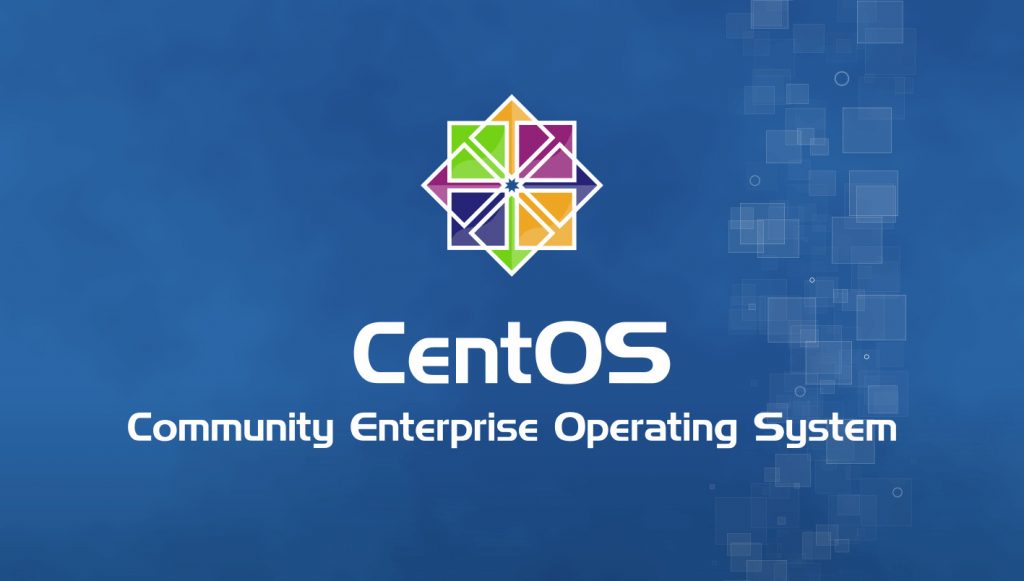I’m very pleased to uncover this website. I wanted to thank you for
your time just for this fantastic read!! I definitely liked
every little bit of it and i also have you saved
as a favorite to see new stuff in your website.

Exciting times for fans of CentOS. This week we got the new release of CentOS Linux 8. It’s based on and fully compatible with Red Hat Enterprise Linux 8.0. As you might expect, CentOS 8 (for short) comes with a lot of changes and new features.
“Red Hat’s little brother” now comes with a new rolling release option: CentOS Stream. This would be more suitable for developers, though. For more traditional server uses, the original CentOS Linux distribution would still be the better choice.
So, what’s new in CentOS 8?
The official release notes seem surprisingly modest. But don’t let that fool you. There are several big changes and new features. One of the new features is the addition of a Web console.
You can now manage CentOS 8 servers with Cockpit via a web browser. It’s much easier for new users to get a hang of it, but it will also be of use to experienced admins, giving them some much needed simplicity in their daily tasks.
CentOS 8 also introduces support for Linux Containers using Podman instead of Docker and Mobdy. The Podman is daemonless and thus easier on the resources.
Also worthy of note is the use of TCP stack 4.16. This comes with additional improvements and the Linux kernel support of BBR and NV congestion control algorithms.
Another change is the new default display server. Now this is Wayland which replaces Xorg. If you still want to use X, you can, but you have to enable it manually.
CentOS 8 also introduces systemwide crypto policies with the update-crypto-policies command. You can now provide settings for several applications and libraries including GnuTLS, OpenJDK, OpenSSL, OpenSSH SSH2, BIND DNS, Kerberos 5 and others.
The OS also introduces improved memory management and support. It now supports 57-bit virtual memort addressing and 52-bit physical memory addressing (up to 4 PiB RAM).
There’s also LUKS2 for encrypted storage and support for secure-boot guests and Virtual Machines which use cryptographically signed images.
CentOS 8 also introduces version control systems as Git 2.18, Mercurial 4.8 and more. It also supports MariaDB 10.3, MySQL 8.0, PostgreSQL 10, Redis 5.
What’s gone?
In with the new, out with the old. CentOS 8 also says goodbye to some features. The OS removes several security functionalities. Among them is the Clevis HTTP pin, Coolkey and crypto-utils.
Cent OS 8 comes with securetty disabled by default. The configuration file is no longer included. You can add it back, but you will have to do it yourself. Another change is that shadow-utils no longer allow all-numeric user and group names.
The OS also removes support for some adapters. You can add the centosplus kernel after CentOS 8 is installed to bring support back.
Known issues
Despite being very, very new, CentOS 8 also has some known issues. They are pretty much the same as for RHEL.
One that stands out is that you should NOT use the “Sever with a GUI” option during the installation of CentOS 8 in a VirtualBox.
Also, using the boot.iso and NFS to install will rsult in no support for the automatic addition of AppStream-Repo. You have to disable it and add the right NFS path manually.
thanks for info
We are happy to be of help 🙂